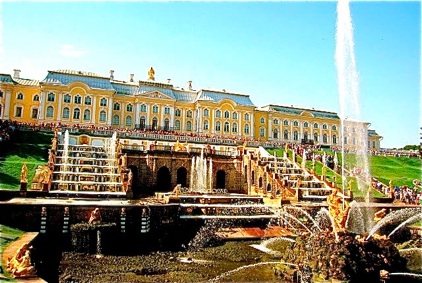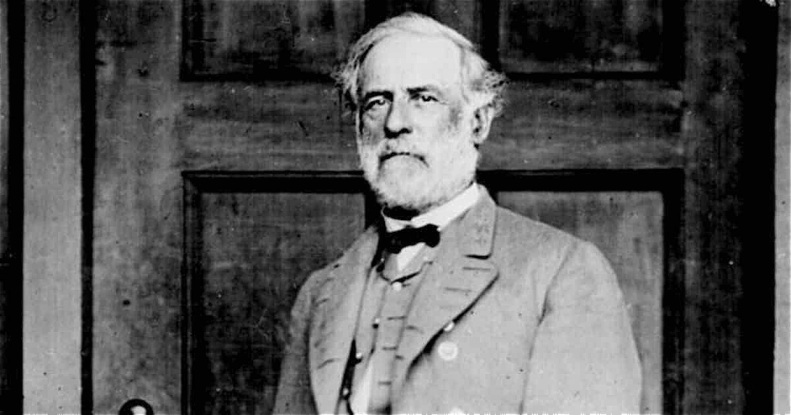Part of Our Heritage
Maps of Europe are dotted with castles and palaces. Most of them have been abandoned to fall into various stages of decay.
One such is the Blarney Castle in Ireland. And no!, contrary to common belief, I have not kissed the Blarney Stone. I’ve been there, but the stretching and contortions of the body necessary to kiss the underside of the stone, which is required, was too strenuous for these old bones.
Many of the castles that have been restored or maintained in their original magnificence are recognized throughout the world. The best known may be Neuschwanstein Castle in Germany. It is the model for the Disneyland logo.
Following Neuschwanstein is Versaille, with the fabulous Hall of Mirrors in Paris.
Schönbrunn Castle in Vienna is recognized by some who watch the annual Vienna Philharmonic’s New Year’s Eve concert with dancers performing in some of the elaborate rooms of the castle.

The crown jewel of the restored or preserved palaces, however, is not known or recognized by many outside of Russia. This is the Summer Palace in St. Petersburg, the home of Catherine the Great and the Czars. Among its many attractions is the largest painted canvas ceiling in existence.
The hall with the painted canvas ceiling and all of the gold inlay and ornate ceramic stoves is as awe inspiring as the Hall of Mirrors in Versailles.
The Nazis occupied the Summer Palace during their siege of Leningrad, as the city was known during the communist years. When they were evicted, they substantially destroyed the palace with fire. Fortunately, the curators of the palace had anticipated possible destruction as the Nazis advanced, cut the canvas painting from the ceiling and hid it outside the city. It is now restored in its original condition.
When I visited the Summer Palace in 1984, Russia was still part of the communist Soviet Union. Our Russian tour guide was telling us how much destruction the Nazis had wreaked on the palace and how many millions of Rubles the government had spent and was spending to restore it to its original opulence.
The amount of money being spent on the restoration was astronomical, so I asked the guide why. The royalty that occupied the palace was the antithesis of Marx, Lenin, and communism. So why were they spending millions of Rubles to restore that image. His answer was simple. “It’s part of our heritage.”
Some proof of the validity of that guide’s explanation was the fact that there were many more Russian visitors to the palace that day than foreigners like me.
I remember that simple statement, “It’s part of our heritage” every time I hear or read about another outbreak of political correctness.
Consider, for example, our history archives that include a file labeled slavery. Accepting the fact that the abominable practice of slavery was once acceptable in this country is not easy. Its acceptance and practice in practically every other country on earth cannot justify or excuse it being condoned here.
Another unsettling fact is that slavery was accepted in all of the states at one time. There were not as many slaves in the northern states as in the south because the large cotton plantations did not extend north of the Mason-Dixon Line.
Abolition of slavery was one of the sparks of the war between the states in the 1860s. This was not a civil war in which a group is trying to overthrow and replace the central government. It was a war like the Texas revolution or War of Independence, in which the southern states wanted to create a new, independent Confederate States of America.

Today, few Americans can recall the name of the President of the Confederate States of America, but most know the name Robert E. Lee, the commander of the major military force of that War of Independence.
Lee’s military leadership and character is still admired and studied in military circles. He is so respected as part of our heritage that the federal government named Fort Lee, Virginia, in his honor. In addition, Fort Hood, Texas, the largest military installation in the world is named in honor of another Confederate officer, General John Bell Hood and his Hood’s Texas Brigade.
If that is not enough political incorrectness, check the lineage of Fort Bragg, North Carolina. There is the federal government memorializing another Confederate general, Braxton Bragg.
So here’s the perspective.
Our heritage, both the good and the bad, is permanent. It cannot be ignored or changed. It is not logical to ignore some part of that heritage in one breath but to praise that same part in the next breath.
For example, George Washington and Thomas Jefferson were both notorious slave owners who are remembered with huge memorials in the nation’s capitol. Conversely, a federal military installation can be named in honor of Confederate generals, but naming local schools after them, exhibiting statutes of them on state property, or naming streets and parks after them is politically incorrect.
Where is the logic in that? Our heritage, both the good and the bad, is unchangeable. Let’s remember all of it, just like those Russians visiting and admiring the Summer Palace.
enough





